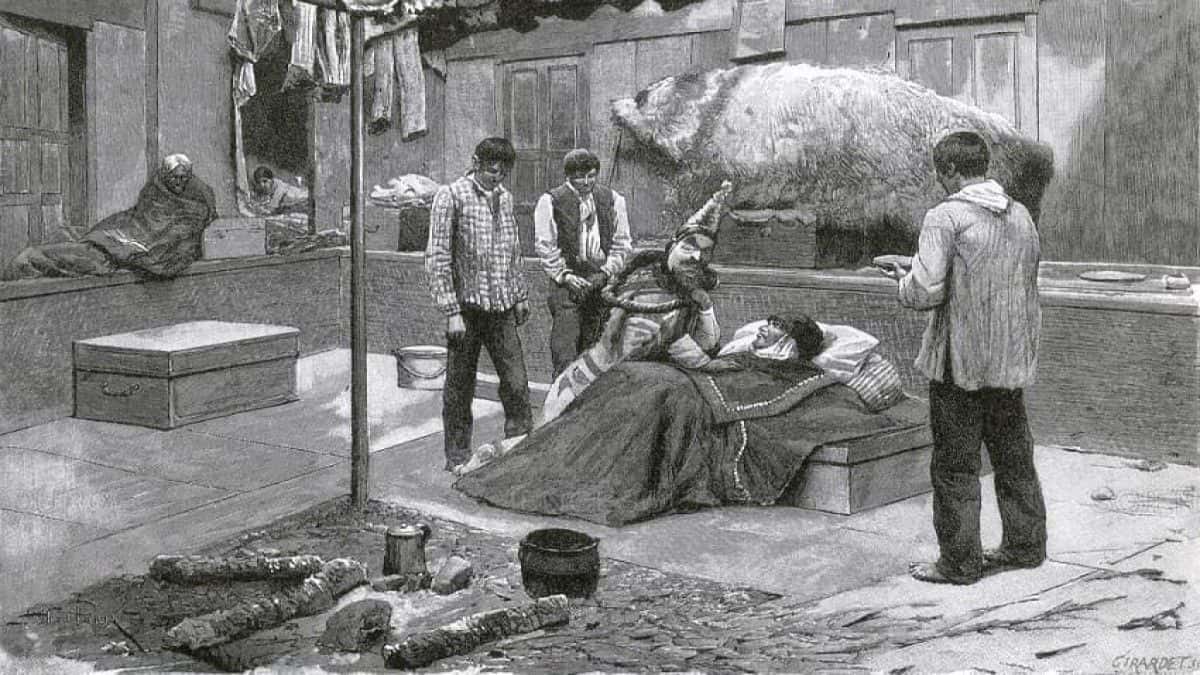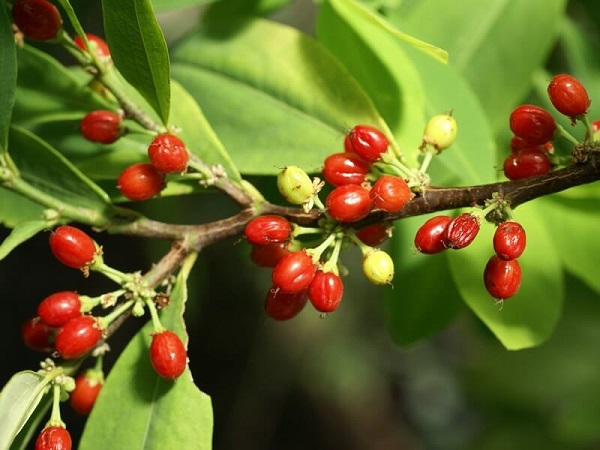Although the development story of medicine has been lost in the fog of history, archaeological evidence has revealed that Stone Age man was familiar with healing herbs and plants and could heal cracked and broken bones. A complex form of medicine intertwined with religion and magic was practiced in ancient Egypt and Mesopotamia. By 2000 BC, medicine was divided into three main branches in Egypt: doctors use medicines, ointments, and syrups; surgeons treat injuries and the surface of the body, rarely internal organs; witch doctors were concerned with evil spirits and supernatural powers.
- Holes in the head
- The Jericho skull
- Code of Hammurabi
- The Assyrian medical tablets
- Healing plants
- Multipurpose plants
- Shaman remedies
- Natural dressings
- Natural needles
- Witch hazel for wounds
- Eucalyptus as a panacea
- Chewing coca
- Coke nut
- Plant selection
- Sangomas
- Purification
- Ceremonies and treatment
- Masks
- Jewelry
- About to disappear
A handful of Egyptian documents describe medicines made from beans, leeks, figs, dates, and similar plants, minerals including copper and antimony, and animal products ranging from hippo oil to oxen stool and used for certain diseases. The first known doctor in the world was the Egyptian Imhotep (around 2686-2613 BC). Sumerians, Amurians, Babylonians, and Assyrians in Mesopotamia also developed their own medicine. They performed surgeries, cleaned and covered the wounds, and resorted to hundreds of different remedies, from prunes to lizard feces. Just like in Egypt, major treatments caused some illness, and medicine was mixed with spells and rites.
Holes in the head
By looking at the preserved skulls, we see skulls with holes in them. The aim may be to remove evil spirits and demons from the brain or mind that cause mental health problems or migraines, epilepsy, and similar diseases. In Europe, this practice continued in the 16th century. It was also implemented in North Africa, parts of Asia, New Zealand, some Pacific Islands, and South America.
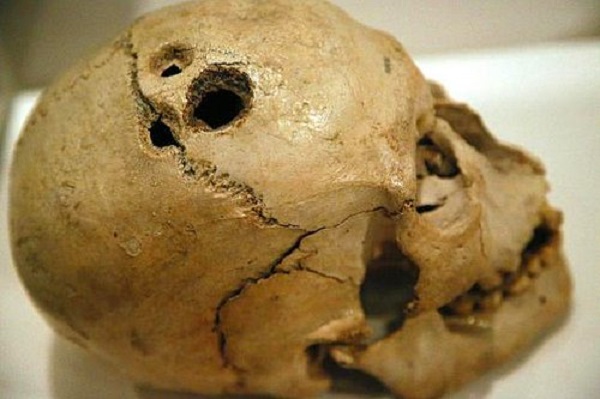
The skull drilling tools consisted of neat sticks and very hard materials that would cut the bone as smoothly as possible. The oldest found perforated skulls from the Stone Age are about 20,000 years old. Bone holes were opened with an auger, sharp-edged flint, and blades. In Peru, obsidian stone knives, similar to bronze or black glass, were used for the same operation. Sometimes the top of the wound was covered with a shell, gourd, and even a piece of silver or gold.
The Jericho skull
The 4000-year-old skull seen above was found in Jericho. It has three holes. Spots drilled with an auger are roughly round, whereas those made with a knife are more angular. Five skulls were found with five holes, the largest of which was two inches in diameter. Some, like the person above, were able to withstand these operations. We understand this from the healing marks on the edges of the bones. In Europe, the cut-off bone was carried around the neck like an amulet to keep evil out. Today, in brain surgeries in modern operating rooms, holes are made in the skull with precision electrical tools and saws.
Code of Hammurabi
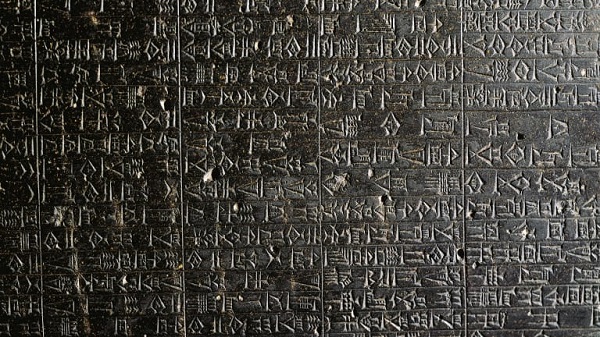
In Babylon between the years 1792 and 1750, King Hammurabi wrote a series of laws on a stone tablet that has remained to this day. There were 17 codes for medicine, including rewarding or punishing doctors based on the outcome of their treatment. For example, if a doctor “treats the abscess in a nobleman’s eye but causes the loss of the eye,” he would lose his hand.
The Assyrian medical tablets
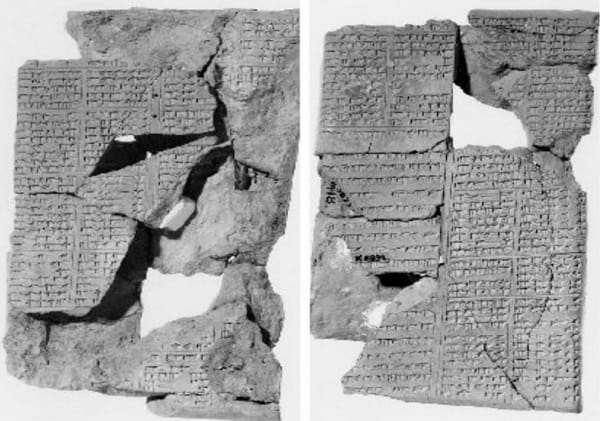
The development story of medicine seems to have gone one step further with the Assyrians. This image is the second tablet of a medical thesis that starts with “If a man is coughing…” It was found in Nineveh and dates back to 700 BC. It describes many stomach ailments in detail and recommends various treatments. The medical treatments were performed by priests who learned the art from thousands of written clay tablets in the city library, which is named after the Assyrian ruler Asurbanipal.
Healing plants
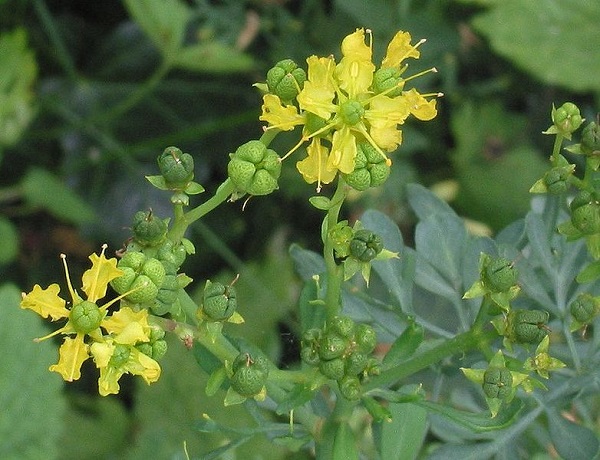
Through many archaeological excavations made in human habitats and graves, preserved pollen grains of plants were found, which are known to have healing properties. These pollens were more than 50,000 years old. Since weed has a soothing effect on the digestive system, it was highly valued, and psoriasis was used for ulcers due to its sedative properties (although the large doses were and still are lethal).
Treating diseases with herbs may be the oldest form of medicine. The first humans learned this by instinct, seeing the plants eaten by sick animals, through trial and error. Hundreds of medicinal plants are listed in the oldest medical texts of Egypt, Babylon, and China. However, in real life, the options were limited. Some plants are rare. Apart from some plants, only some parts, young leaves, and fresh roots would work. All of them did not have the same effect after being dried or powdered.
Multipurpose plants
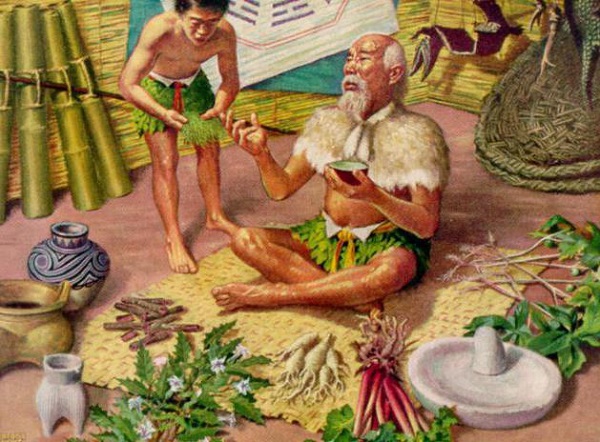
Medicinal plants could be cooked or eaten fresh, drunk as a tea, used for their steam, or applied as an ointment to the skin. The interpretations made today show that many ancient medicinal plants contain medically active substances. Plants are still the source of drugs today.
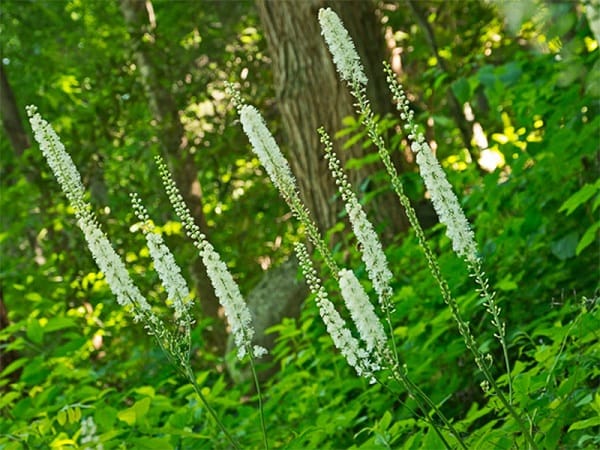
Black cohosh is the traditional medicine of North American natives. It relieves pain, especially nerve and muscle pain, arthritis, and headaches. It is beneficial for cramps, other muscle contractions, and asthma, and also reduces coughing, sore throats, and stinging. It was brought to Europe in the 19th century and has become one of the most known medicinal herbs as well as an important natural pharmaceutical. Roots and stems are used in making most of the medicines.
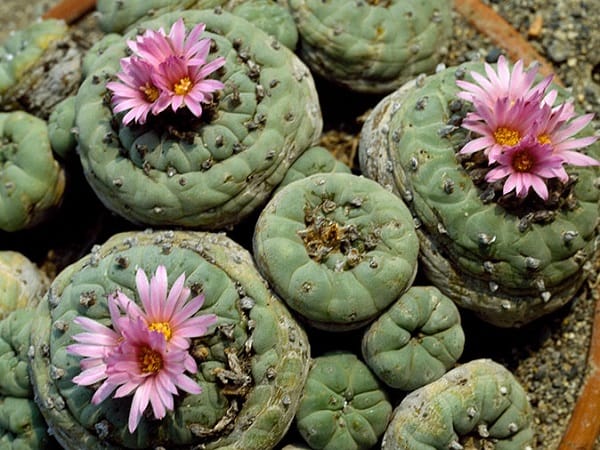
Shaman remedies
Plants with hallucinogenic properties were used in the treatment ceremonies by shamans and other sorcerers. In this trans-like situation, entered under the influence of the plant, it was believed that the shaman was able to communicate with the gods and spirits that caused the disease or to help the patient recover. It grows in Mexico and outside the USA. It is the source of chemical mescaline drugs that affect the mind and is used by some North American natives and Aztecs. It is forbidden to have this plant in many countries.
Natural dressings
Absorbent leaves and algae have been used to cover wounds and create mash since prehistoric times. Papaya herbal medicine was mixed and impregnated, then placed where necessary. Even in the Aztec region, known today as Mexico, in the 1570s, healers put mush on the leg to remove poisons and evil spirits from the body.
Natural needles
Plants can have both drug and physical uses. In some Australian Aboriginal and African cultures, sharp thorns with vine or ivy threads on their broad end were used to sew wounds. Some of the thorns from Kenya were placed in embers and hardened even more, which also killed the microbes on them.
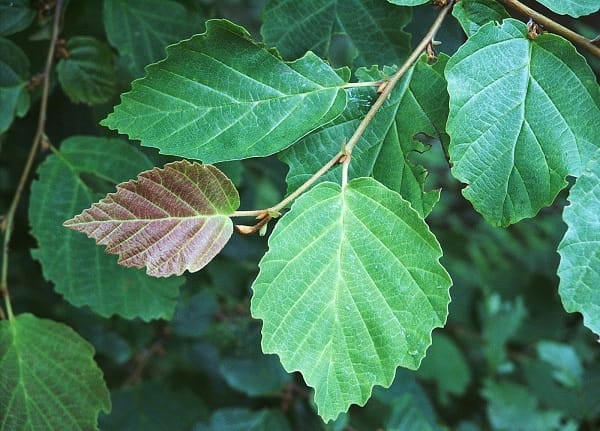
Witch hazel for wounds
This bush-sized shrub had been used by North American natives for centuries to treat bleeding, bruises and burns. Starting in the 18th century, its use has become widespread in Europe and other regions. Today, the essences obtained from the leaves, and the crust is used in commercial creams and pomade for wounds, varicose, and hemorrhoids. Witch hazel tree provides a vascular compressor that “contracts” the tissues, causing them to shrink and stop bleeding.
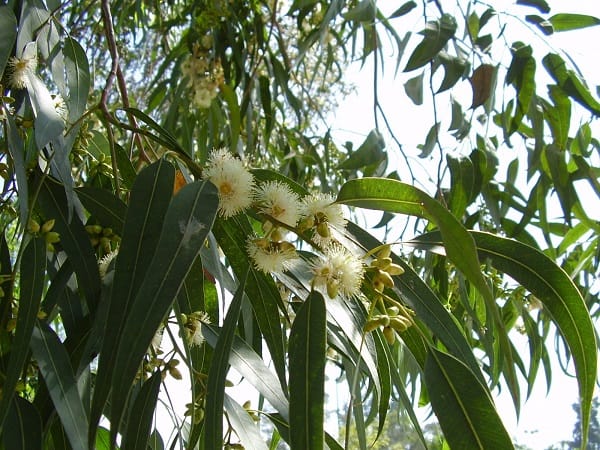
Eucalyptus as a panacea
Eucalyptus (malaria tree) leaves are traditional medicines for Australian natives. The vapor of the crushed leaves is smelled to open the nose, throat and other places blocked by mucus in the respiratory tract infection. It is also used to make antiseptic porridge for wounds and inflammations. By mixing it, various mixtures that can be swallowed are made. Eucalyptus trees were brought to the West in the 19th century. Russian researchers have shown some species’ effectiveness against influenza viruses, malaria, and some bacteria.
Chewing coca
In South America, chewing coca leaves is a traditional method of relieving hunger, fatigue, and pain. Erythroxylon coca, which is a coca bush, is now grown in Africa, South East Asia, and Australia for medicinal chemical drug alkaloids in its leaves. Although the drug is grown illegally as a source of cocaine, it is also grown, processed, and prescribed with legal restrictions.
Incas also them in mental religious ceremonies for their influence on the mind.
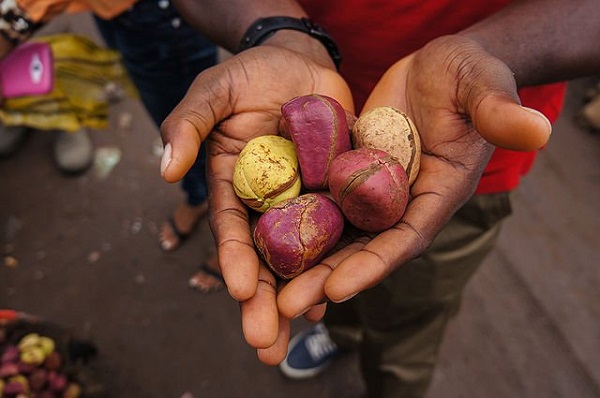
Coke nut
It is West African in origin. They are often eaten as appetizers and to treat weariness in Africa, Asia, and South America. Traditionally chewed whole or powdered and consumed as tea. Caffeine, which is found in coffee, is contained in these nuts.
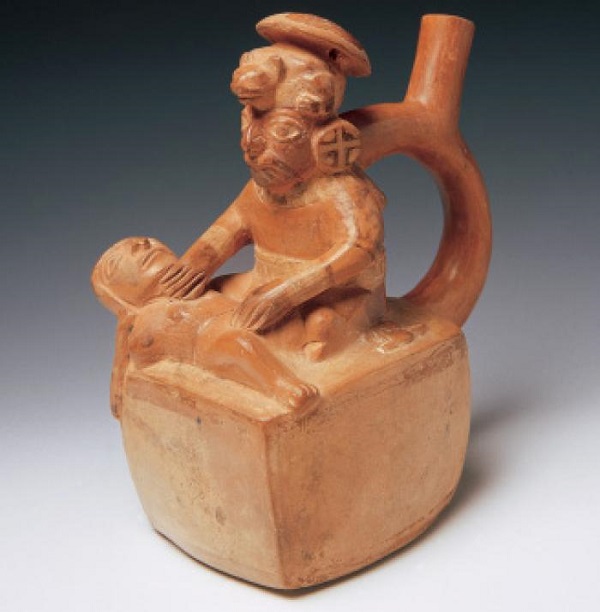
Plant selection
The most important part of the healing ceremony was choosing the medicinal plant to use. Above is a ceramic pot where a magician from the Mochica civilization, a native of South America, examines his patient before choosing the plants needed for treatment. The healers or shamans never revealed their treatments, such as which medicinal plants they used and how they treated the illness because this information contributed to their power and position in the village.
The main healing powers of some medical products did not lie in medicinal herbs or treatments, but the supernatural powers of the shaman, also known as a witch doctor. In societies where illness is believed to be caused by the presence of evil spirits, the shaman establishes a relationship with the spirit world, often in a trance or enthusiastic state, and asks the soul to leave the body. Some shamans, for example, like the witch doctors of some North American natives, also had particular knowledge of herbs and minerals.
Others perform general rites such as affecting the weather or attracting game animals. Masks and similar objects are often used in ceremonies. Today’s research shows that the image of the shaman, his/her dancing and singing, and behavior in the rite can have a strong effect on the mind, creating material effects on the body and perhaps helping to heal.
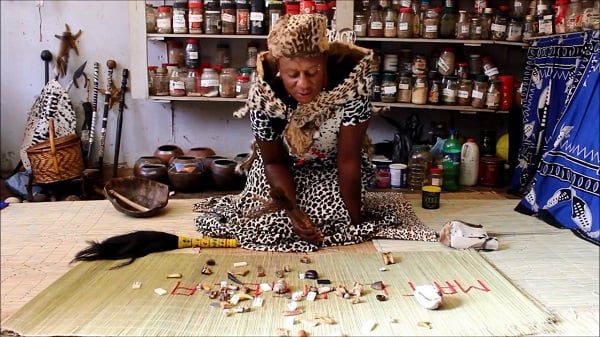
Sangomas
In many parts of Africa, shamans are still believed in, and ceremonies are still held today. According to some estimates, there are more than 200,000 tribal witches in South America, or “sangoma” with its local name. Although treatments and practices change in different parts of Africa, shamans are essentially learning the technique from a spiritual teacher, and are expected to protect people from evil, improve health, and help marriages.
Shamans and other healers often use objects that help diagnose the cause of a disease with mysterious symptoms. This is called prophecy. In Nigeria, the dish of the Yoruba tribe belongs to the Ifa cult and is used to store pine nuts used in prophecy. The psychic sprinkles dust on a particular board. Then he takes eight peanuts in both hands and tries to pass as many peanuts from his left hand to his right as he strikes his hands together. When one or two peanuts are left in his last hand, he puts a sign on the board. When there are eight signs on the board, he interprets.
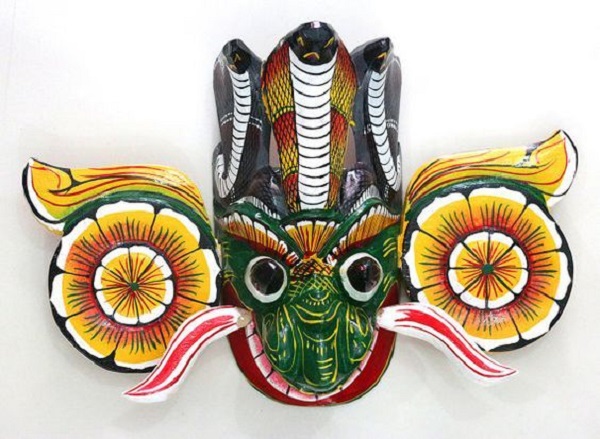
Purification
This wooden mask from Sri Lanka Island, Asia, is thought to represent the purifying demon Garayaka. In Sri Lanka medicine, evil spirits are believed to disrupt the balance of Ayurvedic nature. People wearing Garayaka masks correct this balance with the ritual “Tovil.”
Ceremonies and treatment
Medicines are not only used for illnesses or accidental injuries. Australian aboriginal groups hold initiation ceremonies, especially for young men. These include bleeding, burning or scratching the body, and tooth extraction. After the ceremony, oil, ointment, and other substances made from herbs are applied to the wounded person.
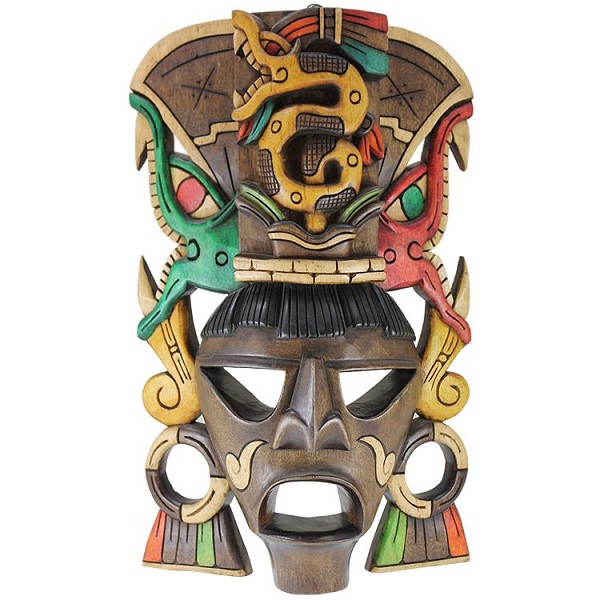
Masks
Masks are often used in ceremonies because faith also brings fear. This mask was worn by the witch doctor of the Irokua natives in North America, which is thought to represent an evil spirit that makes people ill. Shamanist communities are traditional in various parts of Southeast Asia, Africa, and America. Shamans have power in their communities because they can communicate with spirits.
Jewelry
Bands and other body ornaments are traditionally believed to have magical powers and protect the wearer from evil and disease. An amulet pendant made of glass beads and human teeth is thought to belong to a witch doctor of the North American natives, the Apaches.
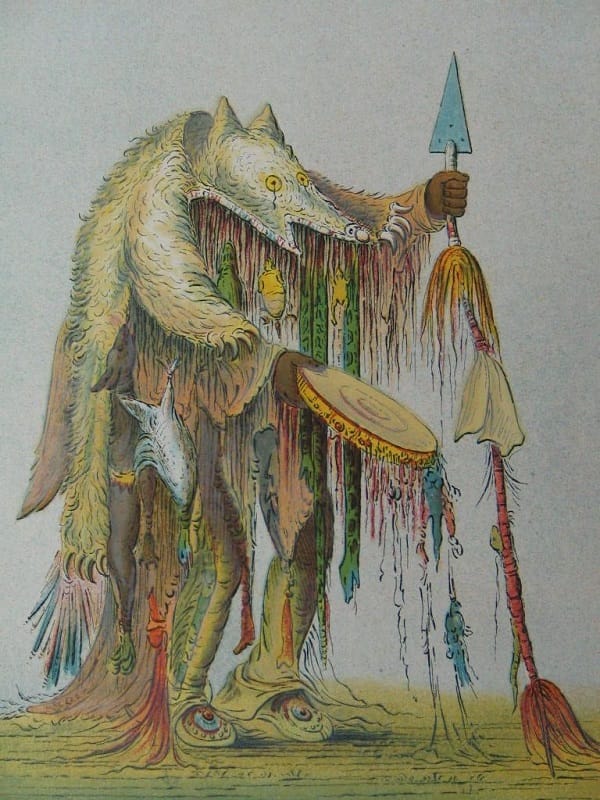
About to disappear
Shamanist tradition is disappearing rapidly all over the world. The American painter and writer George Catlin (1796-1872) recorded the traditions, clothing, and tools of the North American natives for many years. He made the above picture of a Blackfoot healer from the Montana area in the 1830s.


